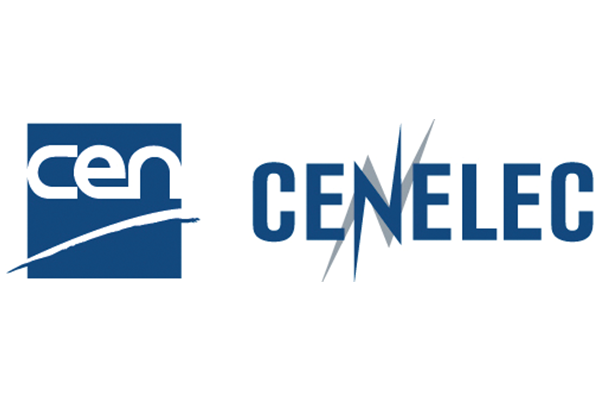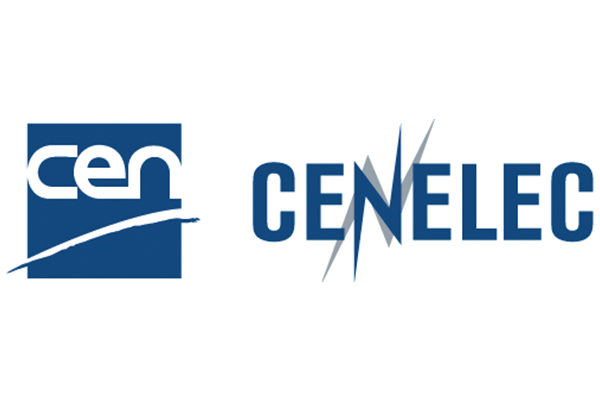The new versions of two of the most important European standards for lifts (EN 81-20:2020 and EN 81-50:2020) have just been published in the Official Journal of the EU, ensuring their harmonization under the Lifts Directive. This can be the opportunity to explore more in detail the surprising and very important role of standards for lifts and elevators in the EU and on the global market.
European Standards for lifts and escalators: a Single Market Success story : In 1962, the European Committee for Standardization (CEN) established CEN/TC 10 on ‘Lifts, escalators and moving walks’ with the aim of agreeing on safety rules for the construction and installation of lifts, escalators, and passenger conveyors in the then European Community. The work of European standardization in this field has been particularly relevant in making the Single Market a reality through the adoption of Harmonised Standards. CEN successfully collaborates with the European institutions by creating the standards that implement the requirements introduced by the 'Lifts Directive 2014/33/EU' and 'Machinery Directive 2006/42/EC'. The Lifts Directive, whose latest version is applicable from 20 April 2016, harmonises the rules governing the design, manufacture, and installation of lifts. Its aim is to permit the free circulation of lifts within the EU internal market, ensuring a high level of safety for lift users as well as maintenance and inspection technicians. Similarly, the Machinery Directive harmonises the rules for escalators and other lifting appliances.
Climate change impacts are already affecting ecological and socio-economic systems, and it is anticipated that these impacts will continue well into the future. A recently published standard, EN ISO 14091:2021 ‘Adaptation to climate change - Guidelines on vulnerability, impacts and risk assessment (ISO 14091:2021)’ offers organisations a consistent, structured and pragmatic approach to understanding their vulnerabilities and to preventing or mitigating negative consequences caused by climate change, while taking advantage of opportunities.
Preparing, implementing and reporting a climate change risk assessment: EN ISO 14091:2021 supports organisations in the use of systematic and replicable risk assessment tools, allowing for qualitative and quantitative analysis. It describes how to understand vulnerability and how to develop and implement a sound risk assessment and is applicable to organisations of all types and sizes, whether doing so for the first time or conducting advanced risk assessments. The standard offers guidance on the use of different approaches, namely screening assessments and impact chains. It covers the different steps required for a solid climate risk assessment, including the preparation, implementation and reporting of such an assessment. Further details are provided regarding the use of indicators, data management and assessment of adaptive capacity.
Standards, lifting the Single Market up!
The new versions of two of the most important European standards for lifts (EN 81-20:2020 and EN 81-50:2020) have just been published in the Official Journal of the EU, ensuring their harmonisation under the Lifts Directive. This can be the opportunity to explore more in detail the surprising and very important role of standards for lifts and elevators in the EU and on the global market.
European Standards for lifts and escalators: a Single Market Success story : In 1962, the European Committee for Standardization (CEN) established CEN/TC 10 on ‘Lifts, escalators and moving walks’ with the aim of agreeing on safety rules for the construction and installation of lifts, escalators, and passenger conveyors in the then European Community. The work of European standardization in this field has been particularly relevant in making the Single Market a reality through the adoption of Harmonised Standards. CEN successfully collaborates with the European institutions by creating the standards that implement the requirements introduced by the 'Lifts Directive 2014/33/EU' and 'Machinery Directive 2006/42/EC'. The Lifts Directive, whose latest version is applicable from 20 April 2016, harmonises the rules governing the design, manufacture, and installation of lifts. Its aim is to permit the free circulation of lifts within the EU internal market, ensuring a high level of safety for lift users as well as maintenance and inspection technicians. Similarly, the Machinery Directive harmonises the rules for escalators and other lifting appliances.
The EN16803 series on GNSS makes autonomous driving safer
Autonomous driving is among the most demanding road applications. It requires high accuracy coupled to a high level of integrity. Furthermore, the environment in which it operates is much harsher than its counterparts in other domains like aviation or maritime... This combination of requirements puts autonomous guidance systems in a situation where its assessment, certification and type-approval are very complex. New methodologies are clearly needed to be able to tackle the upcoming PPP (Precise Point Positioning) or NRTK (Network Real Time Kinematic) techniques.
The WG1 'Navigation and positioning receivers for road applications' of CEN/CLC JTC5 ‘Space’, whose Secretariat is currently held by BNAE (AFNOR), has been developing a standardization framework for assessing GNSS-based positioning systems. This framework relies on the EN16803 series on the use of GNSS-based positioning for ITS and on-going projects led by the WG1.









